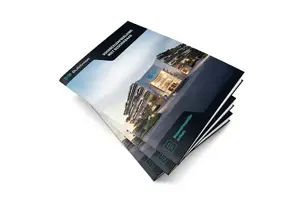Originally developed for ground improvement works, the deep mixing method (DMM) has increasingly been applied in recent years for the realization of soil and water retaining structures and as alternative to traditional foundation solutions. From practice, there is a real need for practical guidelines dealing with the execution, the design and the control of such applications. With the aim of developing such guidelines, the BBRI 'Soil Mix' project was initiated in 2009. Within this research project, deep soil mix (DSM) material from 38 Belgian construction sites has been tested. In spite of the large advances in the mechanical characterization of the DSM material, one major issue remains the representativeness of the typical core samples in comparison with the real scale behavior of the soil mix elements. There is among others the question of the influence of the unmixed soft soil inclusions on this behavior and the issue of the scale effect which must be considered in the design. In order to investigate these questions, 8 large scale UCS tests and 17 large scale bending tests have been performed on excavated soil mix elements. The present paper discusses results of this experimental campaign, presents some research perspectives and highlights different aspects related to the design of soil mix elements for the realization of retaining wall or foundation solution.
